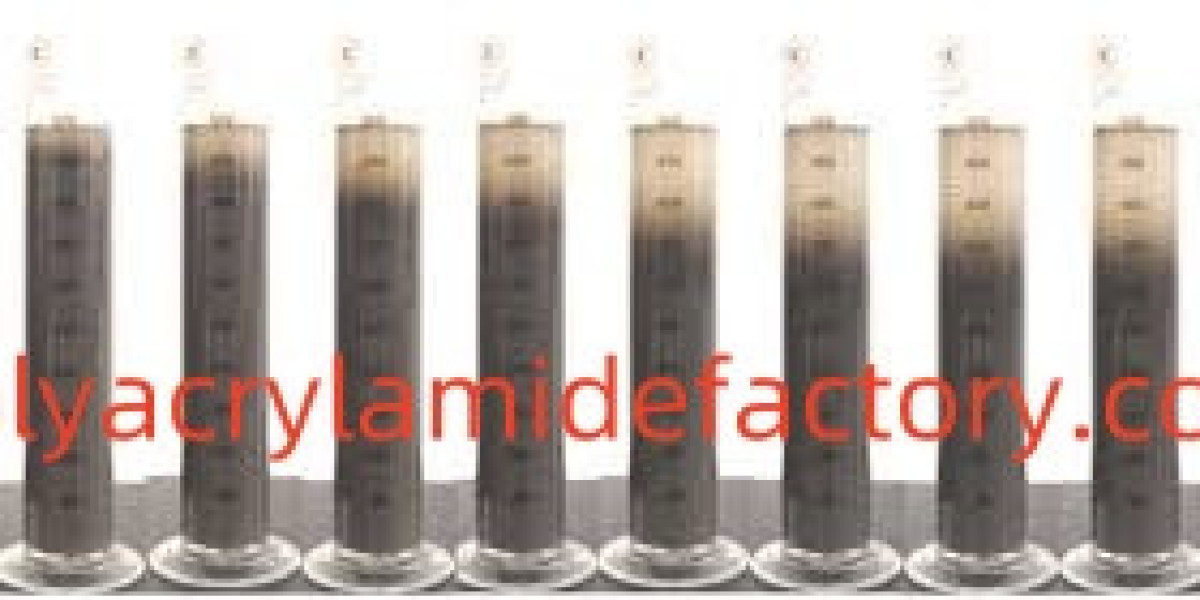Case Studies: Anionic Polyacrylamide Emulsion in Municipal Wastewater
The treatment of municipal wastewater is a complex process that requires efficient flocculants to ensure the removal of suspended solids, organic matter, and other pollutants. One of the most effective agents in this field is anionic polyacrylamide emulsion . This polymer is widely recognized for its excellent flocculation properties, which enhance sedimentation, improve sludge dewatering, and reduce operational costs.
This article presents two detailed case studies showcasing how anionic polyacrylamide emulsion has been successfully applied in municipal wastewater treatment plants to optimize efficiency and environmental compliance.
Case Study 1: Improving Flocculation and Effluent Quality
A medium-sized municipal wastewater treatment plant integrated anionic polyacrylamide emulsion into its secondary clarification stage. The primary goal was to enhance the aggregation of fine suspended particles to accelerate sedimentation and clarify the treated water.
Results:
Parameter | Before Application | After Application |
Effluent Turbidity (NTU) | High | Reduced by 40% |
Sludge Volume Index | Elevated | Reduced by 35% |
Chemical Usage | Higher | Reduced by 20% |
With the addition of anionic polyacrylamide emulsion, the plant observed stronger and faster floc formation. This resulted in clearer effluent water that met stricter discharge regulations, and a noticeable reduction in the amount of additional chemicals required for treatment. Moreover, improved sludge compaction lowered the volume of sludge that needed further processing, reducing disposal costs.
Sludge dewatering is essential to reduce the volume of waste and minimize disposal costs. The second case involved a large municipal plant employing centrifuge technology for sludge dewatering. The introduction of anionic polyacrylamide emulsion aimed to improve the moisture content of the final sludge cake.
Results:
Dewatering Metrics | Without Emulsion | With Emulsion |
Moisture Content (%) | High | Reduced by 15% |
Dewatering Time (min) | Longer | Reduced by 25% |
Polymer Dosage (kg/t) | Higher | Reduced by 10% |
The polymer’s flocculating properties facilitated the formation of larger, more robust sludge flocs, which dewatered more easily under centrifuge pressure. This led to drier sludge cakes, shorter processing cycles, and lower polymer consumption, translating to significant cost savings.
Summary and Benefits
From these case studies, it is clear that anionic polyacrylamide emulsion plays a vital role in optimizing municipal wastewater treatment. Key benefits include:
Enhanced flocculation and sedimentation efficiency
Improved water clarity and compliance with discharge standards
Reduced chemical and polymer consumption
Better sludge dewatering performance and lower disposal costs
Increased overall operational efficiency and sustainability
Why Choose Polyacrylamidefactory?
At Polyacrylamidefactory, we are dedicated to providing high-quality anionic polyacrylamide emulsions specifically formulated to meet the demanding needs of municipal wastewater treatment plants. Our products deliver superior flocculation performance, helping your facility reduce costs, improve environmental compliance, and operate more sustainably.
We invite you to explore our advanced polyacrylamide solutions that can transform your wastewater treatment process. Learn more about the benefits of our anionic polyacrylamide emulsions and how they work at:
https://www.Polyacrylamidefactory.com/news/industry-news/how-does-hengfeng-anionic-polyacrylamide-emulsion-work.html








